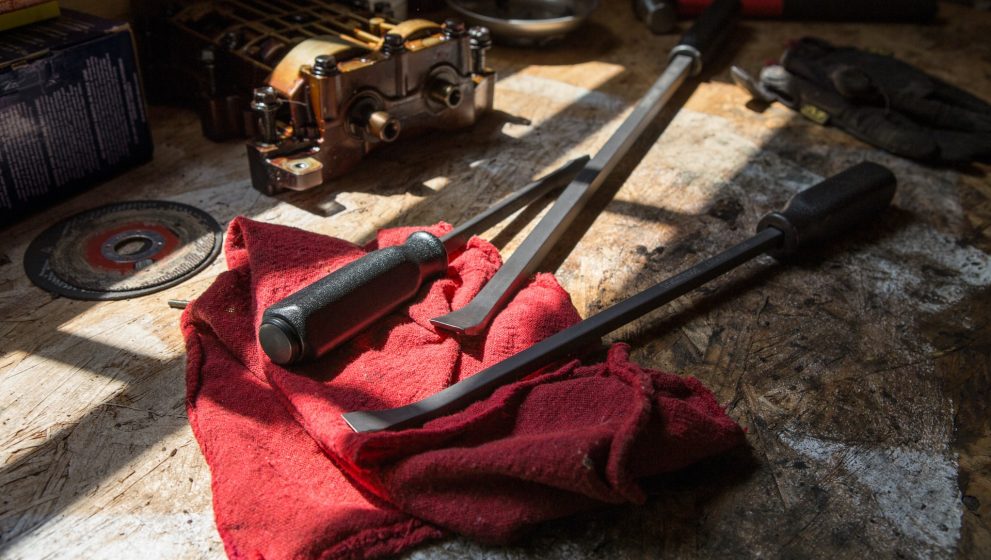Humans’ Use of Tools Through Time
In the age of technology it’s nearly impossible to imagine a time that humans had to make do without the use of tools. We couldn’t build the smartphones and laptops we have now, we couldn’t build the skyscrapers that dot the landscape and even food as we know it would be entirely different. Thankfully, one thing that humans constantly are is resourceful, and thanks to that fortunate tendency throughout history we have managed to find and create a plethora of tools that have helped us build the society that we have today. But we had to start somewhere.

Stone Age
Historians have found that stone tools appeared among humans around 2.6 million years ago, but with the evidence of chimpanzees improvising wooden tools for various tasks like ant foraging, that suggests that our ancestors may have had very basic wooden tools up to 4 million years ago. The oldest known stone tools, known as the Oldowan toolkit, shows the earliest examples of stone tools: large hunks of rock for pounding, and sharp flakes of stone used most often to cut through the hide of an animal to get to the meat and bones. The bones found among these sites are the oldest evidence of animal butchering.
Bronze Age

The Stone Age lasted a very very long time, until with the advent of melting down metals to create new tools. Starting around 2000 BC humanity began to use bronze tools. This was preceded by what is known now as the Copper Age, until it was discovered that mixing copper with tin created the much stronger material bronze. Bronze didn’t chip or crack, and could be bent into different shapes for different purposes. Now we could create axes, knives, and swords along with cauldrons, buckets, and spades along with other very useful objects. This age absolutely revolutionized weapon and tool-making, and allowed for huge advances in farming.
Iron Age

The Iron age began between 1200BC and 600BC, depending on the area of the world. Iron is the most common metal on the earth’s surface, but it is far more difficult to smelt than the copper and tin that were used in the bronze age. Bronze could be melted in a simple furnace and then poured into a mold to cool, but iron needs to be worked and bent while it’s still hot, and required hotter temperatures and special equipment. Once the forging of metal was perfected, that was huge news for technology. Now new tools and weapons could be made that were stronger and used for new applications. Iron-tipped ploughs, for example, made it possible to plough fields that had tough clay, and made the whole farming process quicker. This was the age, then, where humanity started having free time for things other than work. Various hobbies like needle-work and an interest in personal appearance started to appear, all because the invention of iron was making lives a little bit easier.


